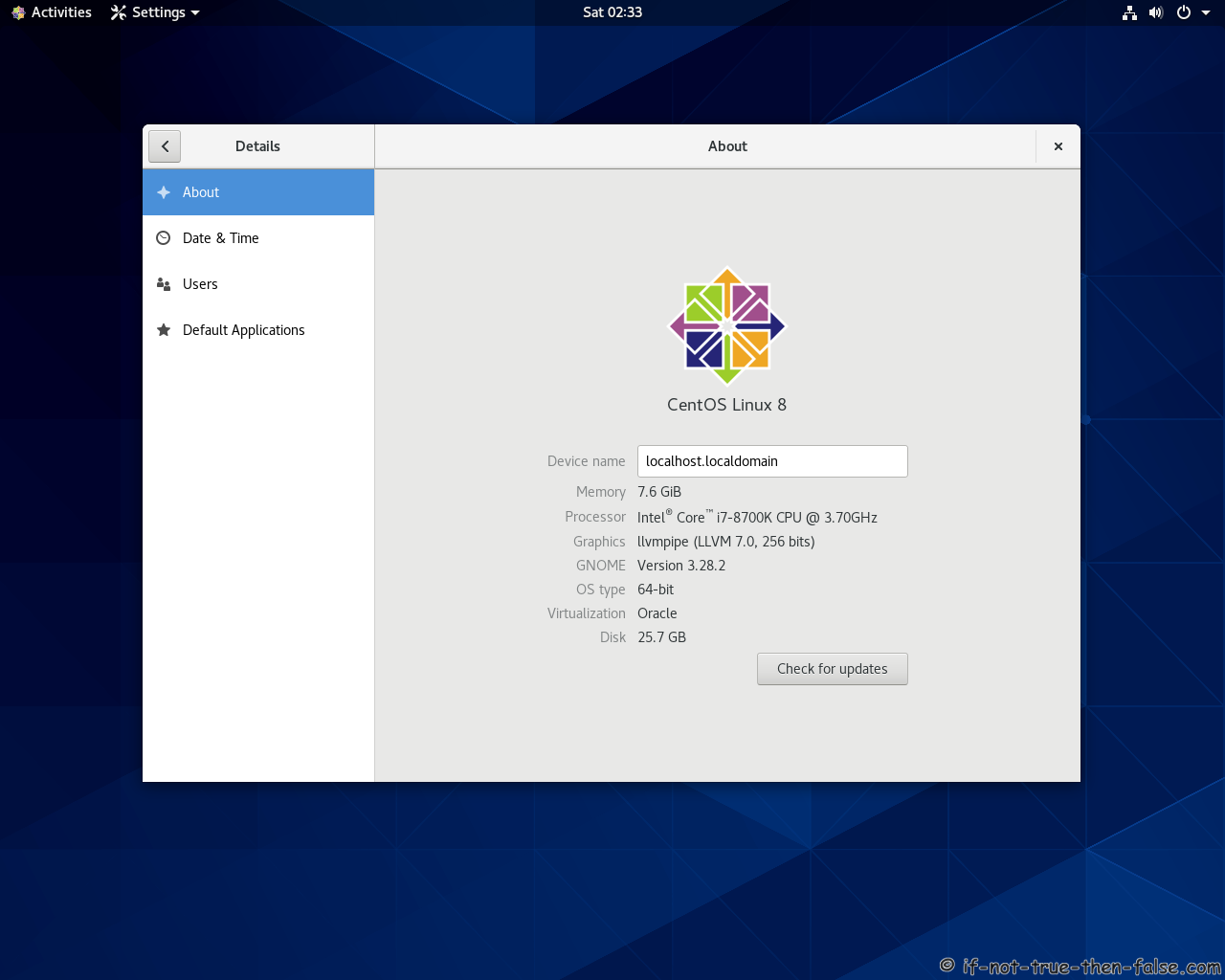



The problem with this is that the majority of CentOS users employed the platform because it tracked after RHEL. CentOS Stream continues after that date, serving as the upstream (development) branch of Red Hat Enterprise Linux.”ĬentOS Stream is the development branch of RHEL–that’s about as close to a definition as you’ll get. CentOS Linux 8, as a rebuild of RHEL 8, will end at the end of 2021. According to the official CentOS marketing, CentOS Stream “tracks just ahead of a current RHEL release. “Continuously delivered distro that tracks just ahead of Red Hat Enterprise Linux (RHEL) development, positioned as a midstream between Fedora Linux and RHEL.”Įven that’s not really right. The official line on where CentOS Stream exists is this: When I went to correct my assumption, I found myself just as confused as I was prior. That assumption on my part was quite incorrect. You know what they say about assumptions. Based on information I was given, I assumed that both RHEL and CentOS Stream were downstream of Fedora. That confusion continues when you start to dig into how it relates to Fedora and Red Hat Enterprise Linux (RHEL). In fact, that term was removed from the website due to causing too much confusion.”

That’s not the same thing as what most people consider a rolling release. One Red Hat Engineer said this about the rolling release nature: “It’s only rolling within the confines of a major RHEL version. However, it’s not, really, as CentOS Stream isn’t even a true rolling release. No one seems to really have a clear cut answer to the question, “What is CentOS Stream?” Yes, it’s a rolling release of CentOS–that’s the easy answer. SEE: Linux service control commands (TechRepublic Premium) Where CentOS Stream existsĪ big part of the confusion centered around the very nature of CentOS Stream. That’s exactly what happened with Red Hat’s announcement–it was a mess of confusion. When journalists give confusing information, chances are pretty good they’ll either simply parrot the confusion or attempt to make sense out of it. That piece (and many others like it) received a lot of pushback from various developers and other sorts from Red Hat, CentOS, and other communities, so I thought I’d revisit the topic and clear up the confusion.īelieve me when I tell you, that’s not an easy job. I recently wrote an article about Red Hat announcing the end of life for CentOS 8 and its replacement, CentOS Stream. Oracle Linux checklist: What to do after installation This Linux learning path will help you start using the OS like a proītop is a much-improved take on the Linux top command Open-source repository SourceHut to remove all cryptocurrency-related projects Image: Red Hat Open source: Must-read coverage Jack Wallen attempts to not only clear the air about CentOS Stream, but offers up an apology to Red Hat for aiding the spread of confusion.


 0 kommentar(er)
0 kommentar(er)
